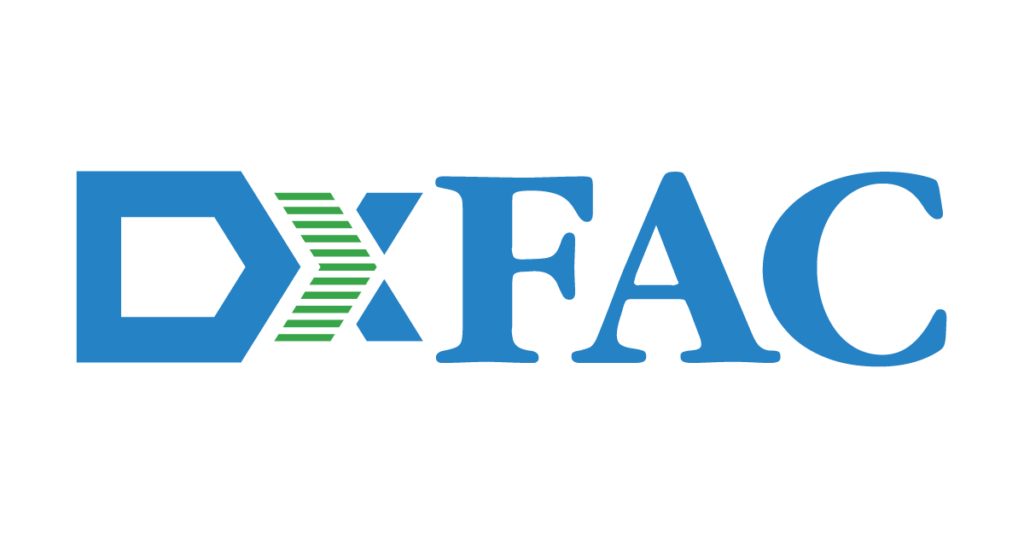5S là gì trong sản xuất? Cách áp dụng 5S & lợi ích cho doanh nghiệp
The 5S Method is a standardized process that when properly implemented creates and maintains an organized, safe, clean and efficient workplace. Improved visual controls are implemented as part of 5S to make any process non-conformance’s obvious and easily detectable. 5S is often one element of a lean manufacturing.
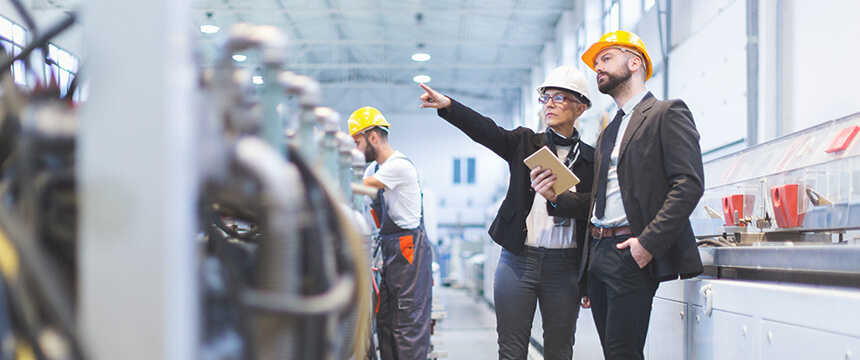
Why Is 5S Important in Manufacturing?
While 5S was first developed in the context of the automotive industry, it is now widely considered an essential step for any lean manufacturing program, regardless of industry. By using the 5S methodology, operators are encouraged to improve their overall work environment and reduce mud or waste. Adherence to 5S standards is considered the foundation of Total Productive Maintenance (TPM) and an integral part of the Toyota Production System (TPS)also creates a stable platform from which Kaizen activities can be launched.
5 steps of 5s
There are 5 stepts of 5s:
- Seiri: Separating of the essential from the nonessential items
- Seiton/Straighten: Organizing the essential materials where everything has its place
- Seiso/Shine: Cleaning the work area
- Seiketsu/Standardize: Establishing a system to maintain and make 5S a habit
- Shitsuke/Sustain: Establishing a safe and sanitary work environment (Safety)
Each step in the process feed into each other to create a 5S warehouse strategy, so the sequence is important.
Clearing out unnecessary materials in step 1 (Sort) will provide the space needed to organize the important items in step 2 (Set In Order). Once the workspace is de-cluttered and organized, dirt and grime can be removed in step 3 (Shine).
These changes to workers' job duties and work environment should be reflected in updated procedures through step 4 (Standardize).
Finally, those new procedures won't amount to much unless responsibility is assigned and progress is tracked - as required for step 5 (Sustain). With responsibility and tracking, workers will continue to apply the steps, returning to step 1.
Detailed concept of each step in the 5S process
Sort (Seiri)
Separate and organize objects in your workplace between things you do and do not use. We recommend sorting items into four categories:
- Items needed in this work area
- Items needed in another work area
- Items you may need (red tag)
- Items you do not need
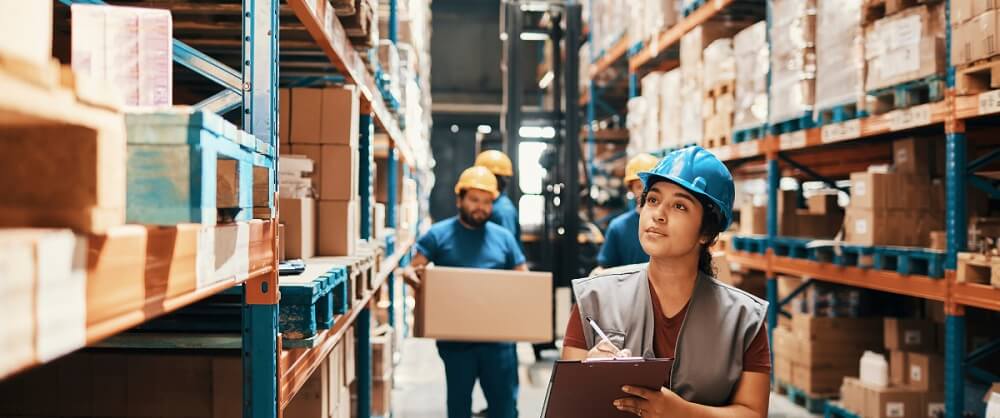
Straighten (Seiton)
The Straighten step thoroughly organizes the items that remain after sorting, making frequently used items easily accessible and providing every item a clear and easy-to-find home. We recommend the following methodology:
- Provide easy access to frequently used items.
- Group like items.
- Utilize visual designs. For each group, decide on the best way to make it clear when an item is missing or misplaced. A classic example is creating a shadow board for tools.
- Conduct regular evaluations to improve organization.
Shine (Seiso)
The Shine step elevates the work area by ensuring thoroughly cleaned and inspected tools, equipment, and other items. It also can include routine maintenance on equipment, which is one of the ways it flows directly into TPM.
We recommend the following steps:
- Grab the metaphorical spray bottle. Using appropriate cleaners and cleaning tools, make the work area sparkle. With every sweep, mop, brush, wipe, wash, and wax, strive to return your workspace to its former glory.
- Find the source. The guiding principle of this 5S step is “clean to understand”. If there are any signs of leaks, spills, or unexpected debris, strive to understand the source. It is likely an early warning of a future problem.
- Inspect. After cleaning each item, take a moment to look it over and examine its condition. Does it need updating, maintenance, or repair?
Standardize (Seiketsu)
The Standardize step is a bridge between the first three 5S steps (Sort, Straighten, Shine) and the last step (Sustain). In this step, your goal is to capture best practices for 5S as standardized work for your team, including:
- Document in pairs. Have one team member walk through each 5S task as another team member documents it to ensure nothing important is missed.
- Train employees to ensure the process is executed correctly.
- Conduct regular evaluations to improve the process.
Sustain (Shitsuke)
The Sustain step ensures that 5S is applied on an ongoing basis. It transforms your standardized 5S processes into regularly completed tasks. We recommend you:
- Create a schedule. Embed 5S practices as scheduled tasks (by role, shift, and frequency).
- Monitor and provide feedback as needed.
- Encourage employees to provide feedback to improve the process.
Process of implementing 5S in manufacturing businesses
Step 1: Planning
Before implementing 5S, the executive team must convene meetings and discussions to develop a cohesive plan that ensures a logical sequence of execution. This change carries significant implications across the organization at a strategic level.
Step 2: Training and Implementation guidance
Having a plan is not enough; the business needs to clarify the role of each team member contributing to the implementation process as intended.
Specifically, information about the 5S standards, along with its significance and potential benefits, should be clearly communicated to employees. This ensures that the workforce understands the importance of the plan and reinforces a serious commitment to its successful implementation.
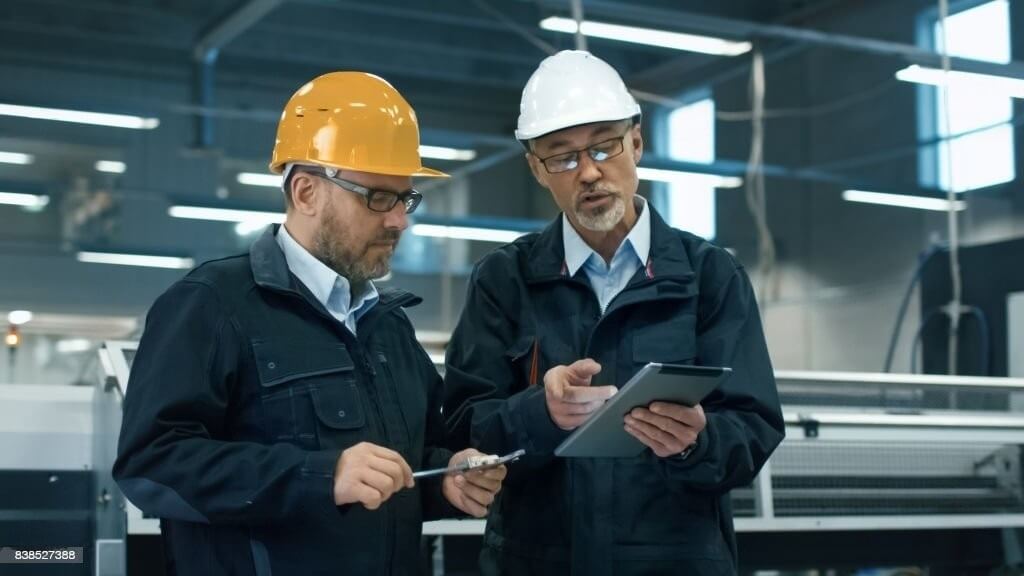
To enhance support levels and minimize resistance, management at all levels can conduct surveys to gather feedback and reactions from the team. This allows for appropriate adjustments to be made, leading to a unified consensus.
Step 3: Implement the 5S process
- Seiri: Remove unnecessary items and retain essential ones.
- Seiton: Organize essential items by function and convenient location, with clear labeling.
- Seiso: Proactively maintain a clean working environment and regularly sanitize tools.
- Seiketsu: Ensure that the team consistently follows the steps of Seiri, Seiton, and Seiso.
- Shitsuke: Reinforce organizational awareness of the benefits and purposes of implementing the 5S process, encouraging everyone to voluntarily apply 5S at all times and in all places.
Step 4: Evaluate and improve the process
After implementing the 5S methodology in production, the organization must continue to monitor and assess the results to enhance process quality. Using the available data, positive aspects should be recognized and leveraged as benchmarks for future reference. Furthermore, if the opportunity arises, the organization can learn from external entities to identify chances for optimizing existing processes.
Step 5: Maintain the implementation plan
Maintaining the continuous application of 5S is the final step, but it does not signify an end; rather, it opens the door to a sustained journey ahead. The benefits and positive habits derived from 5S should be integrated into the company culture, as this is essential to realize the true value of the 5S implementation plan.
What Are the 5 Benefits of a 5S System?
Create additional effective space
The implementation of the Sorting (Seiri) step helps eliminate unnecessary items, freeing up space in the workplace. This creates a more open environment, allowing for a more strategic reorganization of the space. The newly available space can be utilized to store more important equipment or to expand the production area.
In addition, a tidy workspace helps minimize the risk of accidents by eliminating excess items that may obstruct pathways or disrupt workflow. Organizations can clearly observe this positive impact when the space is better organized.
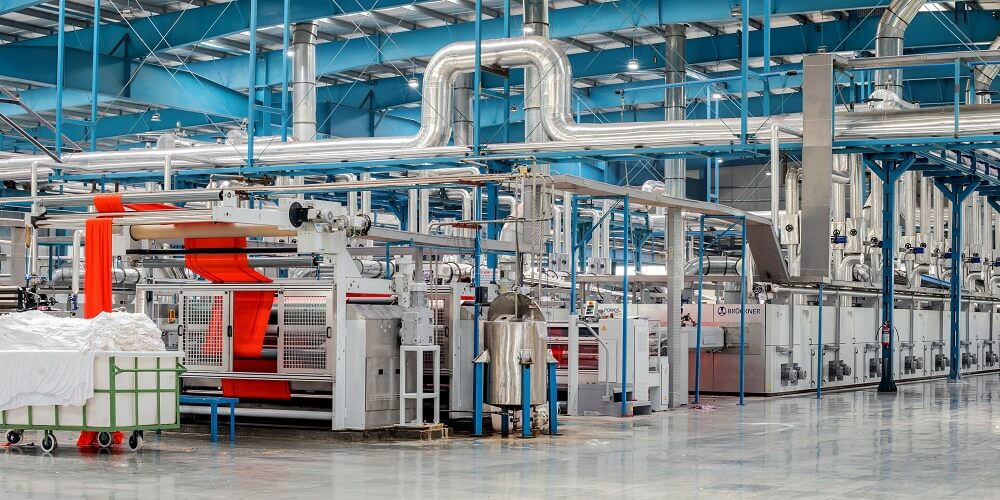
Reduce waste time and increase productivity
In the Straighten (Seiton) step, all necessary tools and items are placed in easily accessible and returnable positions. As a result, employees do not waste time searching for items, minimizing unnecessary actions during the work process.
When commonly used items are positioned within reach according to ergonomic principles, employees can work more efficiently, optimizing productivity. The improvement in workflow enhances overall productivity while reducing employee stress, as everything is readily available and easy to use.
Improve quality and reduce downtime
The Shine (Seiso) step not only helps maintain a tidy work environment but also enables employees to inspect and perform regular maintenance on equipment. Early detection of issues such as oil leaks, wear and tear, or equipment malfunctions helps prevent incidents that could disrupt production."
Regular maintenance ensures that equipment remains in good working condition, minimizing downtime as well as increasing the reliability of the production process. This allows the organization to maintain consistent product quality and meet delivery schedules reliably.
Encourage employee participation
The 5S methodology encourages employees to collaboratively organize and maintain their work environment. When they have control over their workspace through the implementation of the 5S steps, employees will adopt a sense of ownership and become more responsible for their work.
Ensure safety and minimize risks
By eliminating unnecessary items and maintaining a clean workspace, 5S helps reduce the risk of accidents in the work environment. Items that are not truly essential not only obstruct movement but also pose potential hazards.
Implementing steps such as regular cleaning and maintenance of equipment ensures that tools and machinery operate reliably, minimizing risks for workers. When safety is prioritized, employees feel more secure and can focus better on their tasks.
6S (5S + 1)
Some organizations have expanded the 5S methodology by adding the element of Safety to create 6S (or 5S+1), ensuring that the work environment is not only tidy and efficient but also safe for employees.

Safety is considered a fundamental principle that permeates every step of the process, as a clean and well-organized workplace minimizes potential hazards while protecting the health and safety of employees.
The additional presence of the Safety element in the 5S process is not merely about identifying and eliminating hazards—safety has become an integral part of the corporate culture, promoting the implementation of health protection measures and creating the best working conditions for employees.
This is particularly crucial in high-risk work environments such as factories, construction sites, or warehouses, where even minor errors can lead to fatal accidents. Employees working in a safe environment will also feel more at ease, thereby enhancing their focus and work efficiency.
